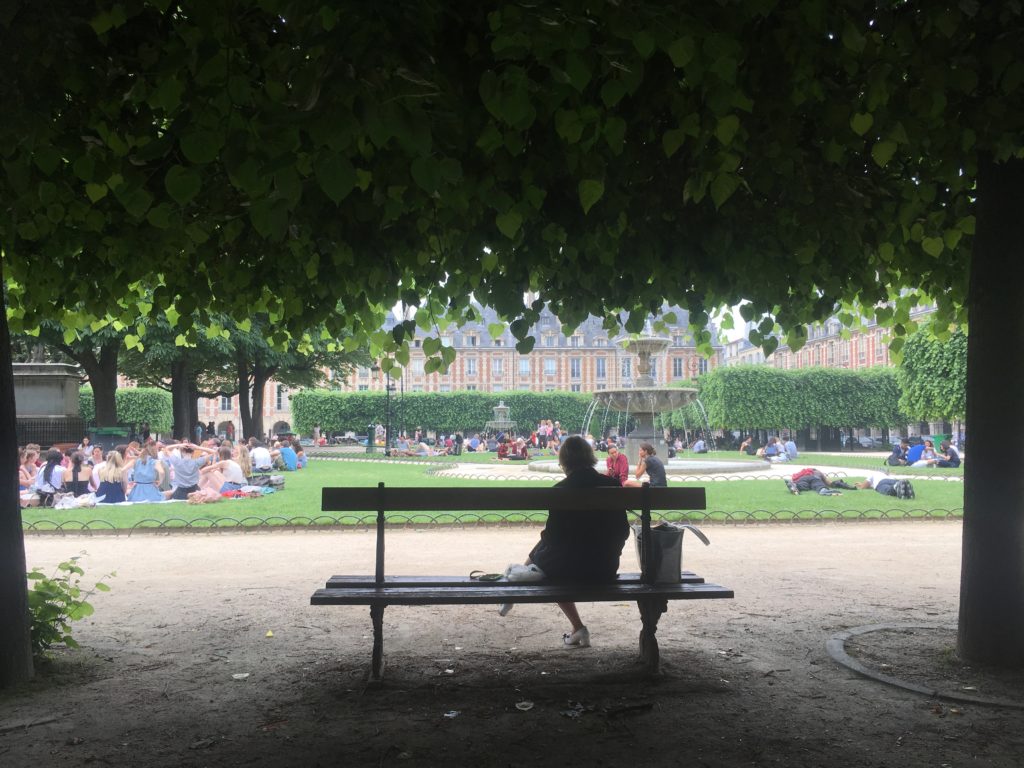
What is a park, a garden, a public space, and how are these landscape typologies entangled with concepts of nature, culture, and society? How are the concepts expressed spatially across different groups and geographies across the world throughout time? How did these types of landscapes originate and how have they evolved through time? Each of the landscapes covered in this course represent and reflect concepts, stories, philosophies, religions, pragmatics, and performative needs, and each continues to influence the practice, perception, and operation of landscape architecture today. All landscapes are cultural constructions embedded in the social, political, ecological, economic, and technical possibilities of their time. As Denis Cosgrove writes, landscapes are epistemologies, ways of seeing, social relationships, constructions,compositions of meaning that grow, reinforce, assert and reimagine human’s relationship to the worlds around us. How designers imagine and construct landscape, how we categorize, prioritize, value, reify, and evaluate landscape as a practice, also reflects of how we picture and understands ourselves in relation to the responsibilities of being alive.
This course broadens the field of historical inquiry, including canonical examples of landscape architecture, and taking in topics ranging from cultural understandings of space to the design of sacred sites, public markets, trade routes, military installations, Empire, and water systems. The survey begins with prehistoric settlements and ends with the dawn of professionalized landscape design in the mid-19th century. Students will work through class discussion and an in-depth research project to trace the cultural currents linking the first endeavors in land-shaping to today’s practice.
